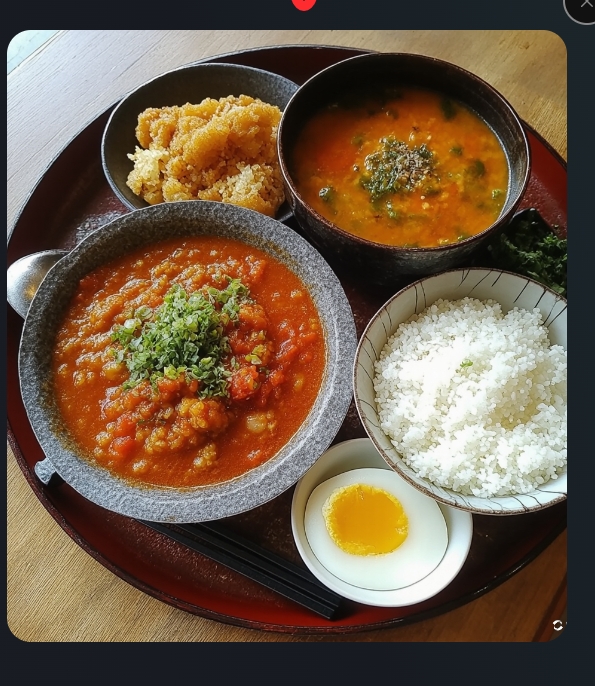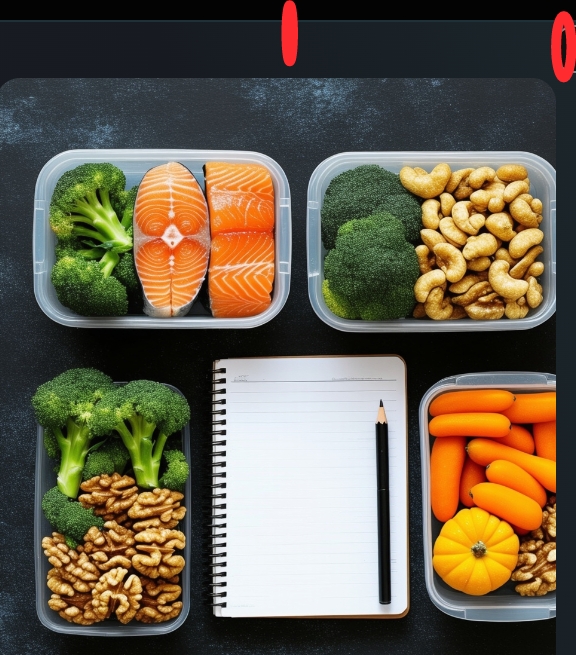
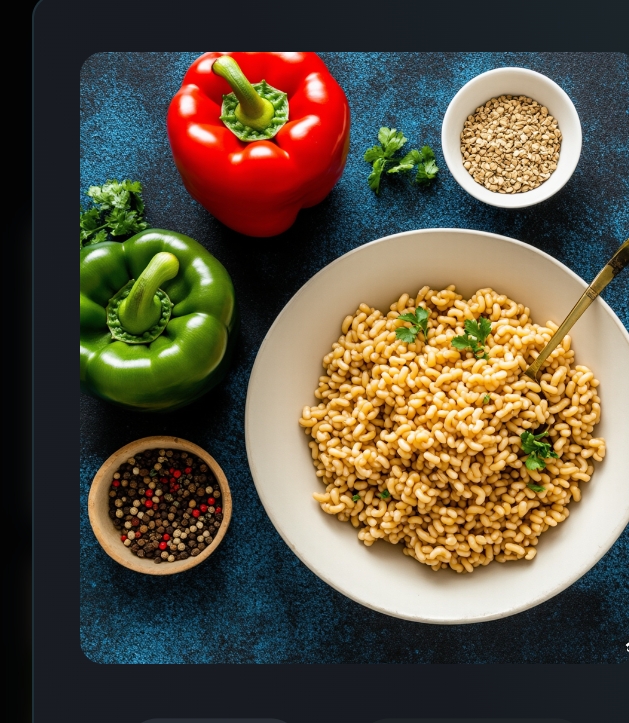
Healthy Meal Prep Ideas: Tips and Recipes for Efficient Meal Prepping
Meta Description: Master healthy meal prepping with our ultimate guide! Learn time-saving tips, recipe ideas, and strategies for nutritious and delicious meals all week long. Boost your health and simplify your life with our expert advice.
Keywords: healthy meal prep, meal prepping, meal prep ideas, healthy recipes, efficient meal prep, time-saving meal prep, healthy eating, weight loss, diet, nutrition, meal prep containers, meal prep plan, weekly meal prep, batch cooking, healthy lunch ideas, healthy dinner ideas, breakfast meal prep
Introduction:
Are you tired of the daily struggle of deciding what to eat, spending hours cooking, and resorting to unhealthy takeout options? Meal prepping is the answer! This comprehensive guide provides you with the essential tips, strategies, and delicious recipes to make healthy meal prepping a breeze. We’ll cover everything from planning your meals to storing them efficiently, ensuring you enjoy nutritious and satisfying meals all week long, without sacrificing your precious time. Say goodbye to unhealthy eating habits and hello to a healthier, happier you!
Part 1: Planning Your Meal Prep Success
Before you even think about chopping vegetables, effective meal prepping starts with a solid plan. This involves several key steps:
- Set Realistic Goals: Don’t try to overhaul your entire diet overnight. Start small. Begin by prepping one or two meals a week, gradually increasing as you become more comfortable. A realistic goal might be prepping lunches for the work week.
- Assess Your Schedule: Consider your weekly schedule and identify the best time for meal prepping. Weekends are often ideal, but even dedicating an hour or two on a weekday evening can make a difference.
- Choose Your Recipes: Select recipes that are simple, healthy, and appealing to your taste buds. Look for recipes that use similar ingredients to minimize shopping and prep time. Consider using online resources like Pinterest or recipe websites for inspiration. Prioritize recipes with a long shelf life.
- Create a Shopping List: Based on your chosen recipes, create a detailed shopping list. This will prevent impulse buys and ensure you have all the necessary ingredients. Organize your list by grocery store sections to streamline your shopping trip.
- Invest in the Right Equipment: Having the right tools can significantly speed up the meal prep process. Invest in good quality knives, cutting boards, mixing bowls, and storage containers. A food processor or slow cooker can also be invaluable time-savers.
Part 2: Time-Saving Meal Prep Techniques
Efficient meal prepping is all about maximizing your time and minimizing effort. Here are some techniques to streamline the process:
- Batch Cooking: Cook large batches of grains, proteins, and vegetables to use in multiple meals throughout the week. Roasted chicken, for example, can be used in salads, wraps, or bowls.
- One-Pan/Sheet Pan Meals: Minimize cleanup by cooking entire meals on a single sheet pan or in one pot. Sheet pan dinners with roasted vegetables and protein are a great example.
- Utilize Your Freezer: Freeze individual portions of meals or components like sauces and soups for future use. This is particularly helpful for busy weeks.
- Prep Ingredients in Advance: Wash, chop, and portion ingredients like vegetables and fruits ahead of time. Store them in airtight containers in the refrigerator for easy access during the week.
- Embrace Duplication: Don’t be afraid to repeat meals throughout the week. This simplifies the cooking process and reduces food waste.
Part 3: Healthy Meal Prep Recipes
(Note: These are sample recipes. Adjust portion sizes to fit your needs.)
Recipe 1: Lemon Herb Roasted Chicken and Vegetables
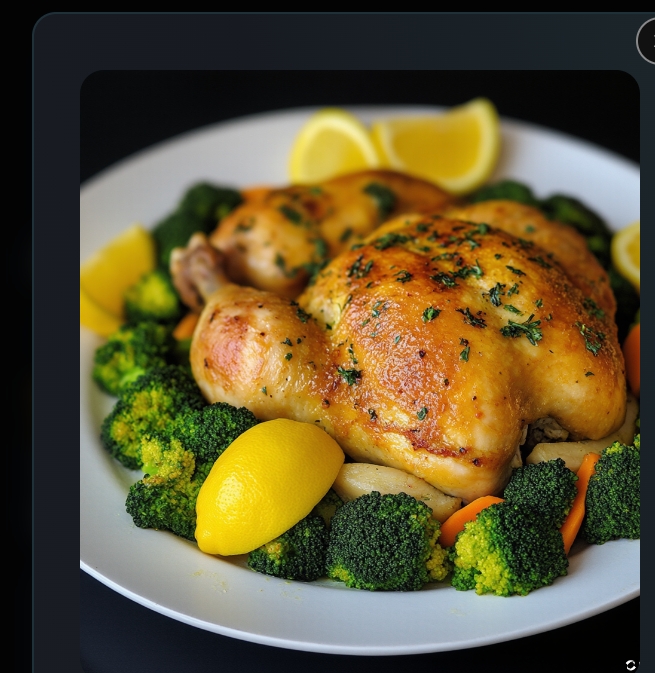
- Ingredients: 1 whole chicken (about 3-4 lbs), 1 lb broccoli florets, 1 lb carrots, 1 red onion (quartered), 2 lemons (1 juiced, 1 sliced), 2 tbsp olive oil, 1 tbsp dried herbs (rosemary, thyme, oregano), salt and pepper to taste.
- Instructions: Preheat oven to 400°F (200°C). Toss vegetables with olive oil, herbs, salt, and pepper. Place vegetables around the chicken in a roasting pan. Juice one lemon over the chicken and place lemon slices inside the cavity. Roast for 1 hour and 15 minutes, or until chicken is cooked through. Shred chicken and store separately from vegetables.
Recipe 2: Quinoa Salad with Black Beans and Corn
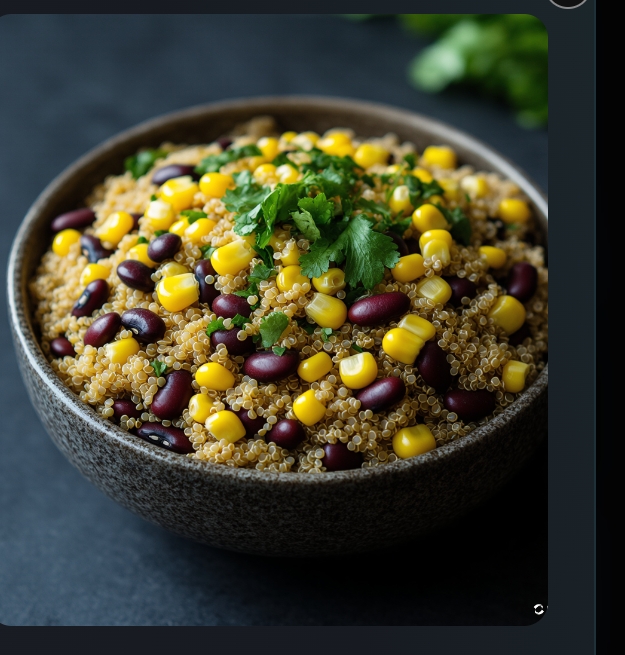
- Ingredients: 1 cup quinoa, 1 (15-ounce) can black beans (rinsed and drained), 1 cup frozen corn (thawed), ½ red onion (diced), ½ cup chopped bell pepper, ¼ cup chopped cilantro, 2 tbsp lime juice, 1 tbsp olive oil, salt and pepper to taste.
- Instructions: Cook quinoa according to package directions. Combine cooked quinoa, black beans, corn, red onion, bell pepper, and cilantro in a large bowl. Whisk together lime juice, olive oil, salt, and pepper. Pour dressing over the salad and toss to combine.
Recipe 3: Overnight Oats with Berries and Nuts
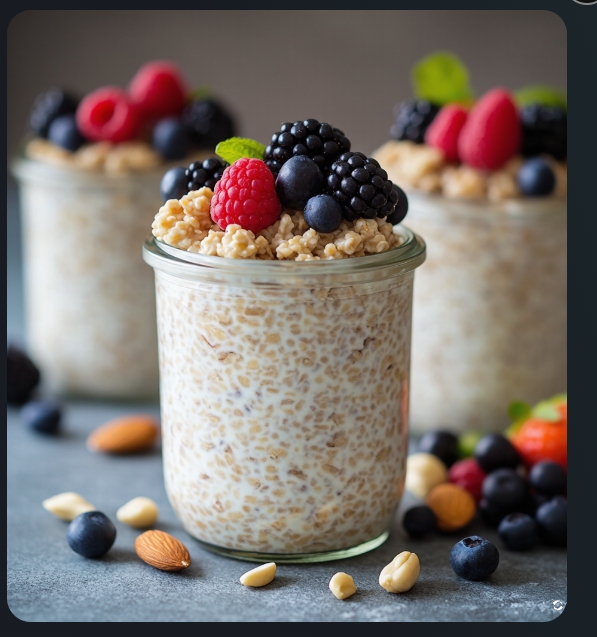
- Ingredients: ½ cup rolled oats, 1 cup milk (dairy or non-dairy), ½ cup berries (fresh or frozen), ¼ cup chopped nuts, 1 tbsp chia seeds (optional), sweetener to taste (honey or maple syrup).
- Instructions: Combine oats, milk, berries, nuts, chia seeds (if using), and sweetener in a jar or container. Stir well and refrigerate overnight.
Recipe 4: Lentil Soup
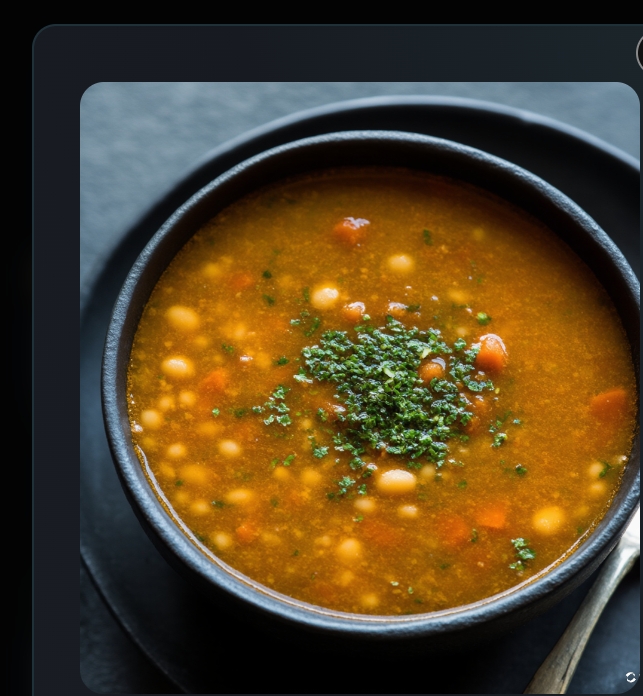
- Ingredients: 1 cup brown or green lentils, 4 cups vegetable broth, 1 onion (chopped), 2 carrots (chopped), 2 celery stalks (chopped), 2 cloves garlic (minced), 1 tsp cumin, ½ tsp turmeric, salt and pepper to taste.
- Instructions: Sauté onion, carrots, and celery in a large pot until softened. Add garlic, cumin, and turmeric and cook for 1 minute more. Stir in lentils and vegetable broth. Bring to a boil, then reduce heat and simmer for 30-40 minutes, or until lentils are tender. Season with salt and pepper to taste.
Part 4: Storing and Reheating Your Meals
Proper storage and reheating are crucial for maintaining the quality and safety of your meal-prepped food.
- Use Airtight Containers: Invest in good quality airtight containers to prevent food from spoiling and maintain freshness. Glass or BPA-free plastic containers are ideal.
- Label and Date Your Containers: Clearly label each container with the contents and date to avoid confusion and prevent food from going bad.
- Refrigerate Properly: Store your meal-prepped food in the refrigerator within two hours of cooking.
- Reheat Safely: Reheat your meals thoroughly to an internal temperature of 165°F (74°C) before consuming. Use a microwave, oven, or stovetop for reheating.
Conclusion:
Healthy meal prepping doesn’t have to be a daunting task. By following these tips and incorporating these delicious recipes into your weekly routine, you can simplify your life, improve your diet, and achieve your health and wellness goals. Remember to start small, be consistent, and enjoy the process! With a little planning and preparation, you can enjoy nutritious and satisfying meals all week long, leaving you with more time and energy to focus on the things that matter most.


